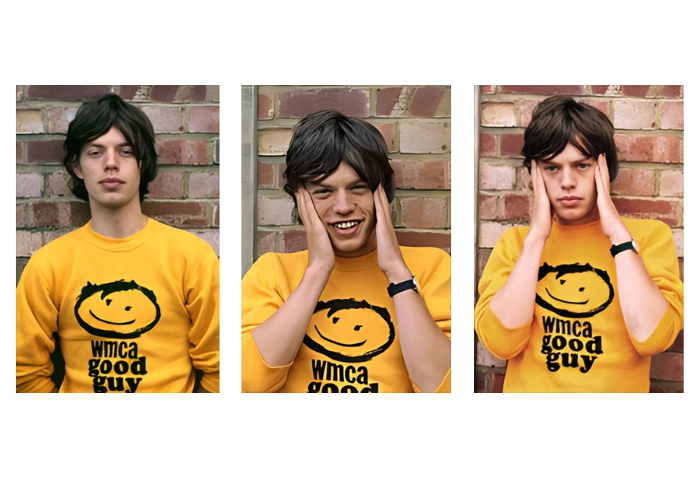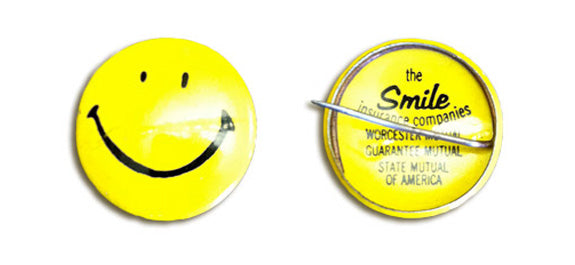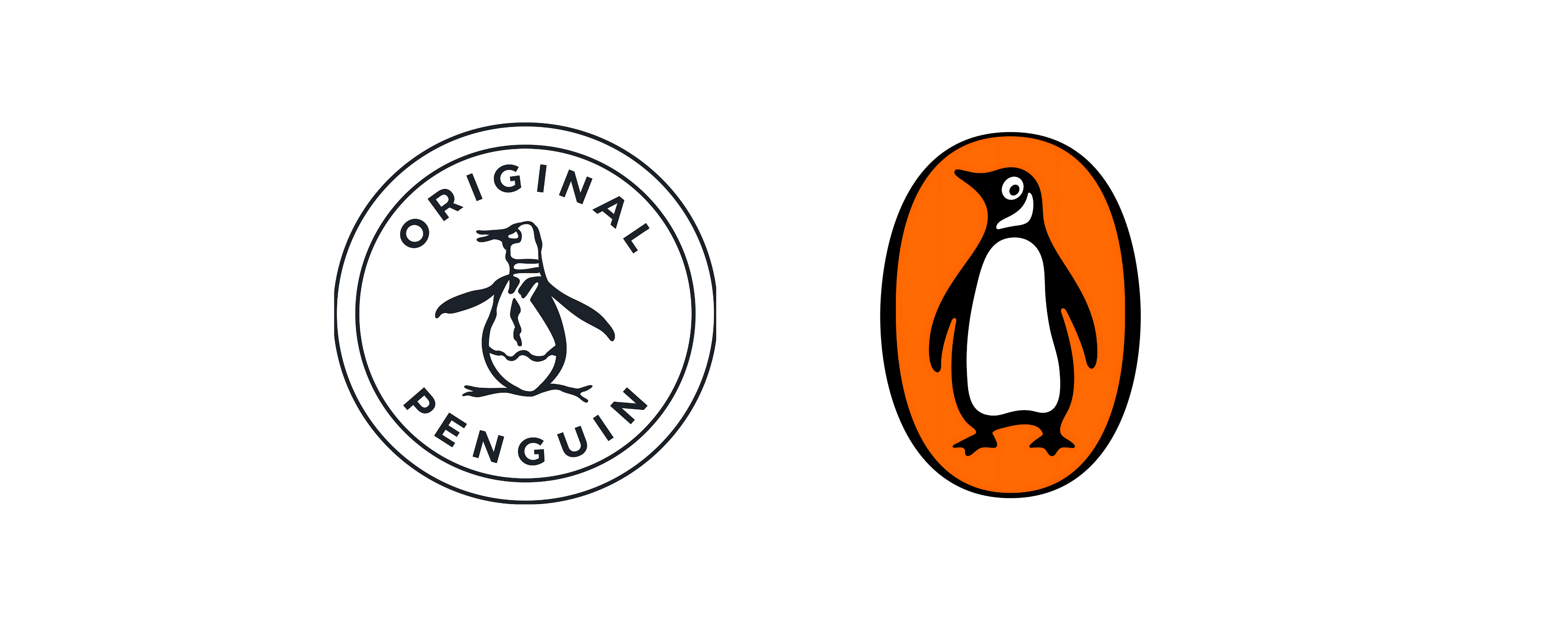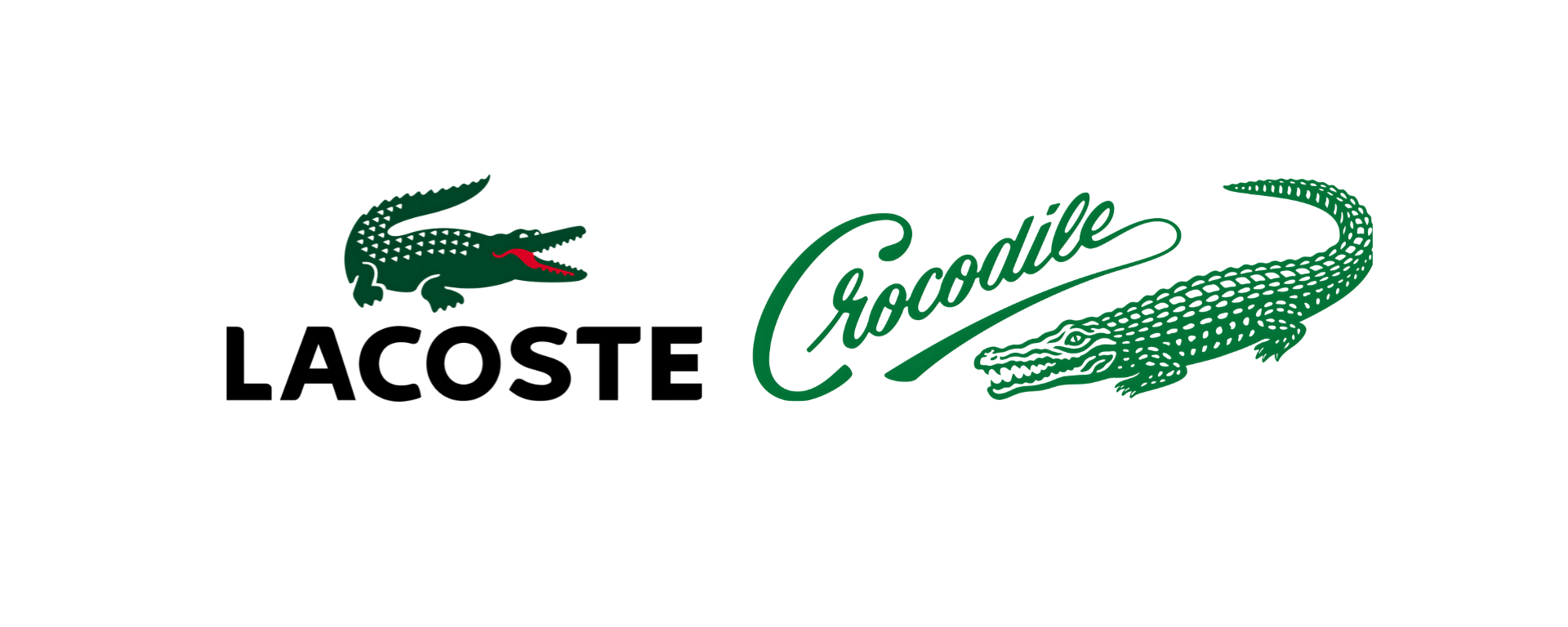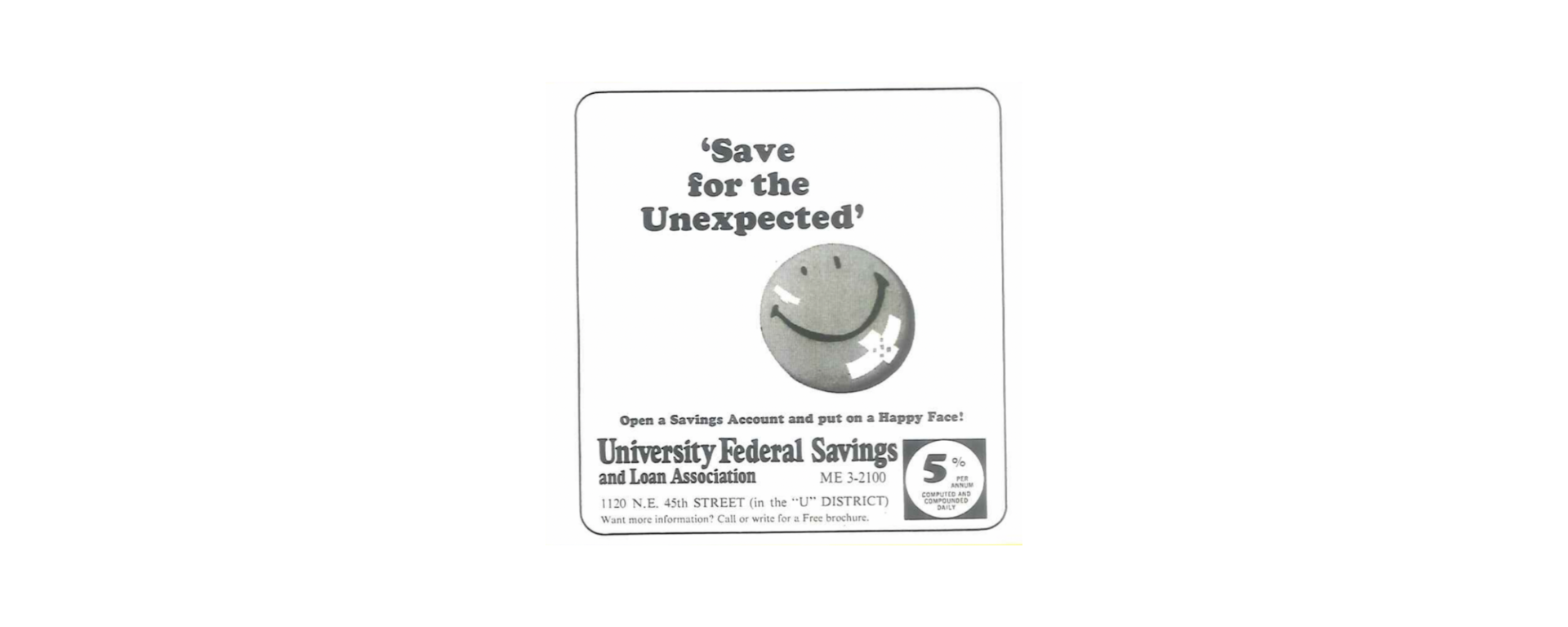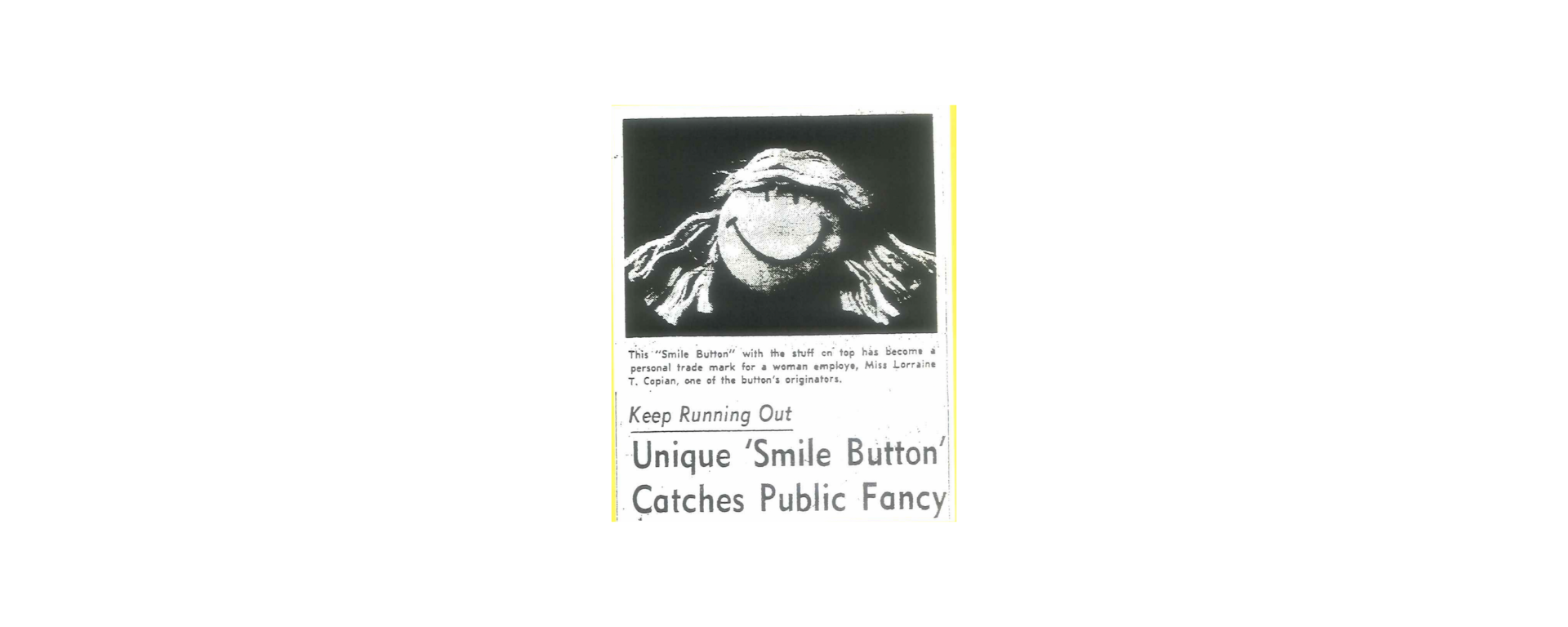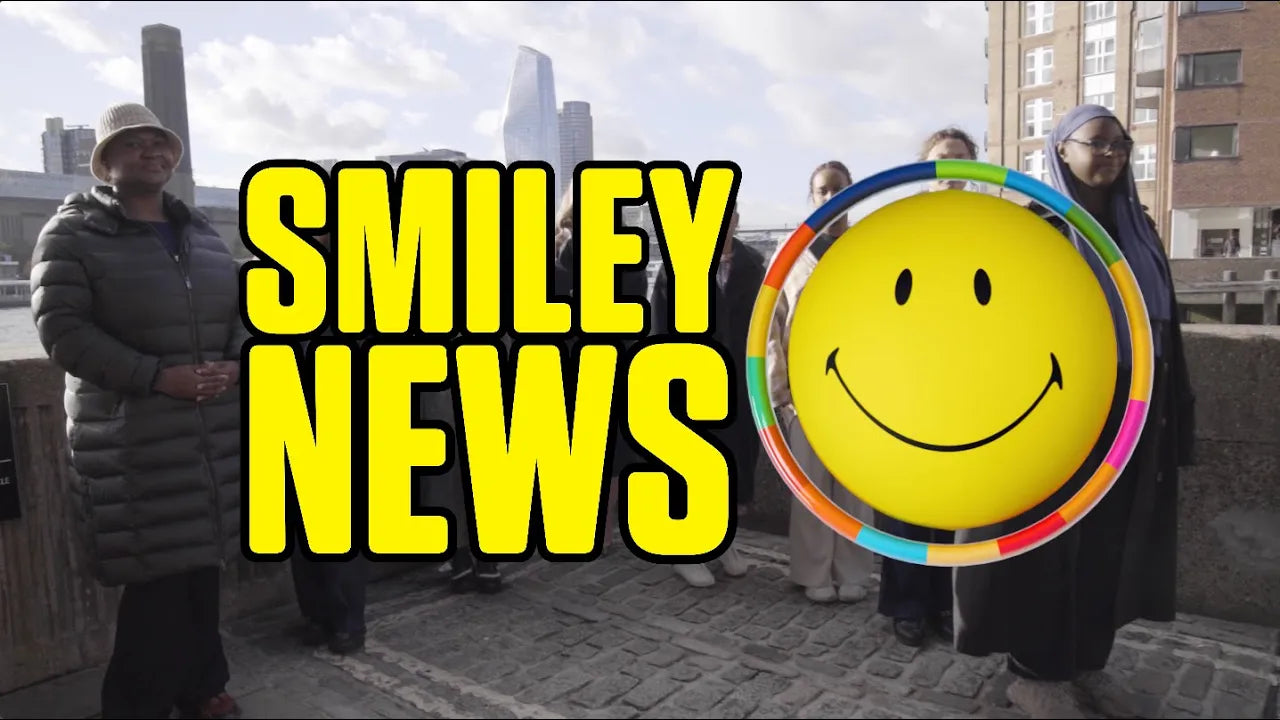For the past 25 years an urban myth has been propagated by the media based on misinformation, a poor understanding of simple legal concepts like patent, copyright, models or trademarks and a poor understanding of creative industries.
Urban myths or legends are a genre of modern folklore consisting of stories told as true – and plausible enough to be believed – about some rare and exceptional events that supposedly happened to a real person or in a real place. Like memes, urban legends tend to propagate across communities and exhibit variation over time; Marco Guerini and Carlo Strapparava, two specialists who researched the topic, discuss the idea of “stickiness” popularized by the book “The Tipping Point”, seeking to explain what makes an idea or concept memorable or interesting. They also focus on urban legends and claim that, by following the acronym “SUCCES” (each letter referring to a characteristic that makes an idea “sticky”), it is possible to describe their prototypical structure:
– Simple – find the core of any idea
– Unexpected – grab people’s attention by surprising them
– Concrete – make sure an idea can be grasped and remembered later
– Credible – give an idea believability
– Emotional – help people see the importance of an idea
– Stories – empower people to use an idea through narrative
The Harvey Ball myth or legend, ticks all these boxes. Above all it is incredibly simple and emotional, and for that reason, it sticks with the mass media and their public. For us to debunk it, as you will see on that page, we need long and technical explanations. They obviously don't stick and most journalists never bother to present our point of view. At least here, on our website, we are free to express it.
Here are its key components:
- Harvey Ball would have created or invented Smiley and got paid only 45 USD.
- He never registered a trademarked or copyrighted it and did not mind.
- But some greedy people did trademark this logo and make 500M a year on something he created/invented for the good of mankind.
All of this is untrue and misleading. We heard for the first time about him in 1998 through his claims to the Associated press. When Franklin Loufrani started his business in 1971, and until 1998, he had no knowledge of who Ball was.
To answer each of the following points.
- Harvey Ball would have created or invented Smiley
Harvey Ball did not create or invent Smiley. Smiley is a brand name created and promoted by Franklin Loufrani. If globally people call this logo Smiley it is thanks to the creative products, marketing campaigns, cultural collaborations and above all the internet language promoted by the Loufrani family and their Smiley company for more than 52 years. Smiley is a business and a brand.
A creation is the action or process of bringing something into existence. We can clearly say that even a basic representation of a human smile without a nose and ears, was not brought into existence by Harvey Ball. As there are earlier examples of similar logos, including in yellow. The most famous being the WMCA radio Good Guys T-shirt based on a big promotion launched on the US east coast in 1961.
The original idea behind the State Mutual campaign did not, according to the Worcester historical Museum, even belong to him. This in fact was allegedly the work of Joe Young, who was Head of Marketing at the time.
Harvey Ball executed the design of this badge, as what is usually called work for hire in creative industries.
All the people who designed famous logos got paid what their time was worth and the companies behind the brands owned the rights to the designs.
It is well known that the graphic artists who designed the Apple or Nike logos got paid fees in the thousands of dollars.
Don't think these were unacceptable terms young artists had no choice but to agree to. You first have to consider these brands started very small and became big as the result of their business model and the vision of their founders. And major artists or agencies also designed very famous logos, and yet did not keep any right to those trademarks.
Two very famous examples... Salvador Dali, one of the greatest visual artists of the 20th century designed the Chupa Chups logo and Raymond Loewy, maybe the first great industrial designer of the modern era designed the Shell logo.
An invention is something that has never been made before, or the process of creating something that has never been made before. We can clearly say that a Smiling badge is not an invention, badges existed before.
Knowing that inventions usually refer to patented technology such as mechanical and electronic devices or medication, it is absolutely preposterous to see an invention in such a simple form hand drawn for millennials.
The oversimplification of a human face, using only two dots for the eyes and a circle shaped mouth in a round circle was also not something novel. These are examples from earlier times:
2. He never registered a trademarked or copyrighted it and did not mind
Ball never trademarked or copyrighted it, simply because it was not even an option, he would not have been in his right. The badge and the campaign were the idea of State Mutual. It was their trade dress or model and their trademark, not his.
To be clear, they also did not register a federal trademark, but based on US law, they had common law rights to it. These trademark rights were for their business, insurance services in cl 36 and they would be valid in the States where the campaign was happening. They could also have had a trade dress or model right, in cl 14 for badges, also limited to the States where these were distributed.
The badge had the following trademark on the back of it:
"The smile insurance companies, Worcester guarantee mutual. State Mutual of America."
Which is clearly in a trademark sense an indication of source referencing their business, not Harvey Ball. And shows clearly it was not called Smiley, our brand name, but its generic description of a smile.
The common law rights of State Mutual in the State of Massachusetts for insurance services in cl 36 expired in the late 60's after they ceased to commercially exploit this badge as their trademark.
This means any other insurance company would have the right to use the same. But it also means that during the 60's, any company in the US trading in other classes of goods or services would also have the right to use a similar badge or logo. And obviously, any company in another country was perfectly entitled to do so.
It is common for a similar logo and even brand name to be used by corporations trading in different classes of goods. There are countless examples, but here is a very famous one, the original Penguin brand in cl 25 (apparel) and the Penguin publishing house in cl 16 (books) and cl 41 (publication of books).
It was also very common for a similar logo to be trademarked for the same class of goods but in different countries. Another very famous example is the Lacoste brand which was founded in France in 1933 and the Crocodile brand founded in China in 1947, both for cl 25 (apparel).
The documents we have only discovered in 2024 show us that State Mutual did not display a copyright notice on the badge or on the advertisements they published. In the US, until 1989, having such a copyright notice with (C) the date of creation and name of the artist or company claiming the copyright was mandatory. Failure to do so means there is no copyright claim or valid copyright.
This fact is extremely important because it means that anyone who would have this product in their hands, would not act in bad faith if they copied it. Not being able to know that someone else had a right to prevent its copy.
These documents also show the badge was always referred to, in these early commercial uses as the smile button or happy face. Never as Smiley!
The above news clip also mentions that an employee of State Mutual, Miss Lorraine T Copian, was one of the originators of the button, and saw it as her "personal trademark". This reinforces the idea that it's the State Mutual team who originated this badge and the smile button campaign and they were proud to communicate that.
The badge was also not protected globally under the Berne convention for copyrights. The USA was not part of it in 1963. And even if it was:
Subject to the provisions of Article 7 (4) of this Convention, it shall be a matter for legislation in the countries of the Union to determine the extent of the application of their laws to works of applied art and industrial designs and models, as well as the conditions under which such works, designs and models shall be protected. Works protected in the country of origin solely as designs and models shall be entitled in another country of the Union only to such special protection as is granted in that country to designs and models; however, if no such special protection is granted in that country, such works shall be protected as artistic works.
A badge is protected as a model (trade dress) in the USA. So it is very likely other member states would only have given it model protection. Limited in time and for that product only.
Obviously, there would be no patent for this product as it was not an invention.
All in all, Ball had no possible right to this badge and its commercial exploitation, no right or connection to the Smiley brand name. He allegedly took 10 minutes to execute this badge under the direction of his client who owned it, used it in a limited area and service class and only in the 60's.
3. But some greedy people did trademark his invention and made money on something he created/invented for the good of mankind.
It must be reiterated that Ball designed this as a work for hire for a corporation, a business, not for a charity or public service or the United Nations. To claim years later that it's not right to do business with a smile or that he "invented" it to benefit mankind is really odd.
Before Ball, the WMCA radio was also a business, actually closer to Loufrani's business as this was media driven and using apparel. Yet again, a different era and country. It also ended in the late 60's. The lady who designed the logo and campaign and whose name we know, has unlike Harvey Ball, always wanted to remain unknown.
So the earlier trademark uses were commercial uses, by businesses, as the following advertisement proves, yet limited in scope, one product, a small region, the East coast of the USA for WMCA and State mutual, Seattle for University federal savings and during a short period of time.
For Franklin Loufrani to use a similar logo to build a business in different classes of goods, in a different era and geographical area was not infringing on the rights of any other business. He actually did this with a real social intent, providing daily good news to people to make them feel better, working with big media to achieve this aim. And his business model was novel, he popularised the logo with products, thinking that spreading the smile through people wearing it and on homewares in every possible place, would encourage people to smile more and be more positive in their interactions with one another.
As an article in the Big issue stated "More than five decades on, the evidence is mounting to support Franklin Loufrani’s insight. In a study back in 2014, Facebook secretly manipulated the feeds of 689,003 people and found they could control their mood by feeding them more negative or more positive content. Through a process of “emotional contagion”, users would mirror the stories they were served."
Yes it is a business, but it is a creative business, from the start, its founder has thought creatively to conceive a unique project, and his brand has constantly been innovating to work with graphic artists, musicians, influencers, fashion designers and iconic brands who share its brand values.
Later, his son created the first Logographic written language derived from Smiley and let his logos be used for free in the digital world.
He actually gave these to the world, never complained about being copied and even said in public and in many interviews that he was proud that other phone manufacturers or social platforms who had better technology than him could take his idea to the next level.

Franklin's initial concept of spreading positive news is now part of a non-profit, the Smiley Movement, meant to support change makers from the charity sector and provide positive, solution oriented news to the public to make people be part of the change.
What the billions of people who know of Smiley today see, is a design brand that is the result of the creative work of the Smiley company, its founders and all the people who worked there for decades. People see Smiley products, marketing campaigns and cultural events created and promoted by the Smiley company and they use a new digital language invented as a process and created as an artistic form of communication by Nicolas Loufrani.
The Smiley Company is not making 500 Million a year. These are the retail sales, which is the measure of success used by all licensing IPs as ranked by License Global magazine in its annual Top 100 global licensors. 97% of these revenues are generated by retailers, wholesalers, brands, suppliers and manufacturers collaborating with Smiley. Licensing is a business model that actually brings success along the whole supply chain.
With what's left, like every business the Smiley company pays 50 staff, hundreds of suppliers, artists, marketing agencies, media groups, lawyers, supports its non-profit and pays taxes.
Harvey Ball did not create or invent our trademarked brand name, did not create or invent our trademarked logo, did not create or invent our digital language, did not create or Invent the 15000 products we design every year and their marketing campaigns.
Harvey Ball designed one badge under the direction of his client: State Mutual, the Smile insurance companies, who exploited it commercially for a limited period of time and did not think it was worthy of anything else. While we created a brand and continued to develop it with passion for over 5 decades.

